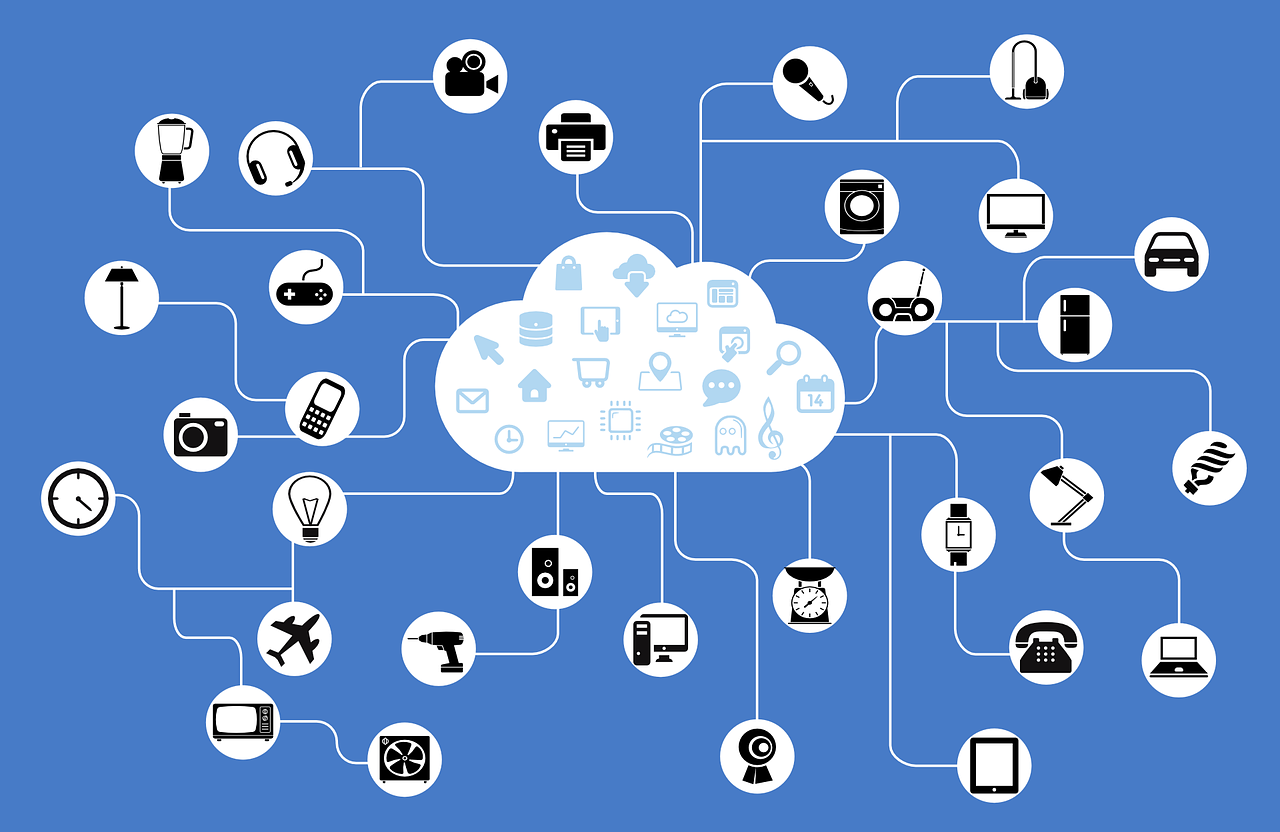The term Internet of Things was coined by Kevin Ashton in 1999, and means that everyday objects such as personal scales and clothes are equipped with technology that can communicate over the Internet. In short, the Internet of Things makes “stupid” gadgets smart thanks to communication via the Internet.
The Internet of Things, or IoT, consists of devices that talk to each other, and by talking is meant that the devices collect data, analyze it and in the last step perform an action. To give an example, a smart light bulb can collect data that tells you when you leave home, and then perform an action; i.e. to be extinguished.
It’s about networks, it’s about devices and it’s about data. IoT makes the world smaller and that technology has a future ahead of it.
Advantages of IoT technology
- Simple and monotonous tasks can be automated
- Efficiency is increasing – including in the manufacturing industry
- Less waste of time contributes to increased profitability
- Communication benefits are allowed
- Convenience benefits are allowed
Why use IoT devices?
IoT can automate tedious and monotonous tasks, contribute to efficiency benefits and increase productivity for manufacturing industries. Private individuals usually instead see convenience and entertainment benefits, such as that you do not have to think about turning off the stove and can show how far you have run or walked.
One study indicates that 35% of all manufacturing industries use IoT products, which is said to give these companies productivity benefits. But IoT products can also be well suited for the construction industry. To cite one example, a construction company manufactures IoT sensors that tell how the condition of the concrete looks both during transport and after the concrete has been distributed in the right places.
The future of the Internet of Things
IoT technology is still in its early stages. Although a large number of IoT products are available and useful, cooperation and security issues still exist. IBM estimates that 7.3 billion IoT devices need better security protection, and that manufacturers need to be responsible for this.
In 2016, hackers created a botnet with millions of Internet of Things devices, which shut down large parts of the Internet for two days. The scandal led to a major Chinese technology manufacturer recalling over 4 million smart cameras, which were too insecure to be found in the home.
Disadvantages of IoT technology
- No uniform standard exists
- There is a risk of data loss
- Jobs are automated away
- IoT systems can be complex to operate and maintain
- IoT systems can lead to poorer social skills due to decreased human interactions
Is the Internet of Things a breach of privacy?
Partially. All devices that are connected to the internet can be hacked, as can IoT devices. Smart and internet-connected TVs, cameras and speakers can be taken over by shady individuals to then document what the owners do in the home, which should be considered a breach of privacy.
The monitoring that you yourself have approved can also be described as problematic. To give an example, smart refrigerators can sense how much you eat, and then send ads to pizzerias once the fridge is empty. In addition to this, smart watches with GPS functionality can reveal which times you are not at home, and that information can be helpful for burglars. One of the most important safety measures of a website is to use an SSL certificate.
A uniform standard is needed
Today, there is no uniform standard regarding how IoT devices interact and how they protect your data. This is problematic. The Internet of Things will be both safer and more efficient with a uniform standard.
